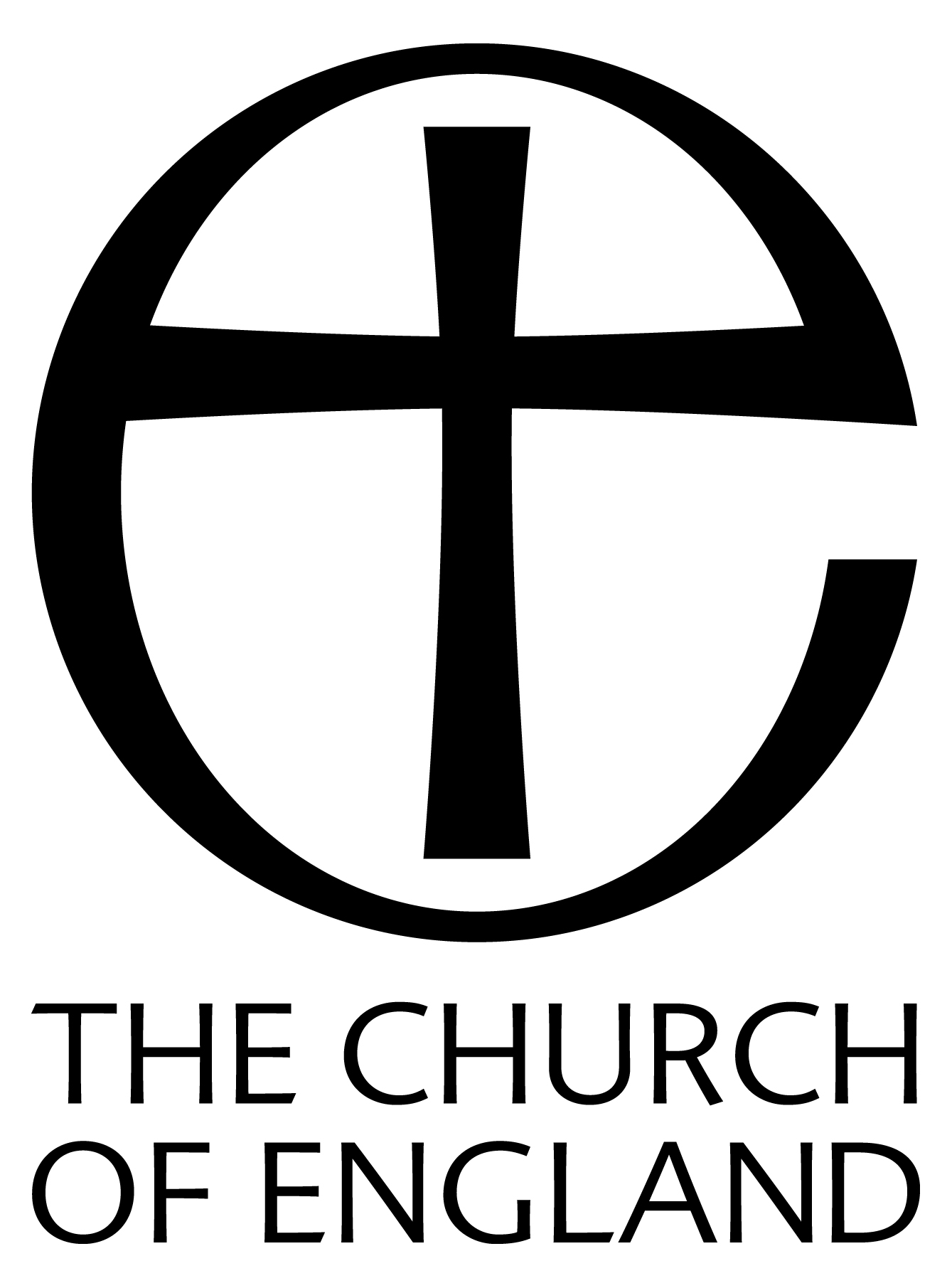Reproduced from
DRYPOOL -
Being a History of the Ancient
Parish of Drypool cum Southcoates
by M. Edward Ingram (1959)
by M. Edward Ingram (1959)
| < < < | > > > |
|
A note in the Vestry Book gives us the dimensions of this church. " Length of Old Church 54 ft., breadth 20 ft. 8 ins. Size of present Church 75 ft.long by 45 ft. wide.-W.M." W.M. being William Marshall, Churchwarden at the time of the rebuilding. In 1801, Mr. T. Thorpe, Churchwarden for Southcoates, had drawn attention to the" ruinous state of the old bell-the wheel and frames being so bad it had not been rung for several years." He promised to give a Treble Bell, " if the parish would consent to have a peal of three bells." The Vestry agreed and the work, which cost £174 2s. 4d., was finished the" 6th day of February, 1802, and made the Parish Echo with merry peals and Triple Bobs the remaining part of the Winter." A petition was addressed to the Archbishop" signed by the Vicar, W. E. Cold well, the Curate, R. Moxon, the Churchwardens and fifteen parishioners. It was stated that it was intended to increase the accommodation from 200 to 1,014, 724 sittings of which were to be free, the rest" to be let to such Parishioners or others as may choose to take them at a certain rent for the benefit of the Incumbent. A Commission of Enquiry was set up by the Archbishop, consisting of the Reverend J. H. Bromby of Holy Trinity, the Reverend T. Dykes of St. John's, the Reverend G. Davies of Sutton and Messrs. P. Williamson, Robert Cook, and J. Ellerker. After reporting, a Faculty was granted on 8 April, 1822. On 16th July, application was made by Churchwardens William Marshall and John Beevor for a Brief towards the rebuilding. They were supported by William Hutchinson and John Earle, who are described as " able and experienced workmen." Battle's Directory of 1821 |
Briefs were issued by Royal Mandate and it was a method of raising money comparable, says W. E. Tate, to the modern" Week's Good Cause." The rubric following the Nicene Creed in the Communion Office makes provision for the reading of Briefs. They were read from the pulpit, and after the service the Churchwardens stood near the door and exhorted the departing worshippers" Please to remember the Brief." During the course of time, the sums dwindled, abuses crept in, and the Act Incorporating the Church Building Society practically abolished the system. Thus the Drypool Brief would be one of the last to be issued. In the Brief it is stated that the church, "which was built prior to the year 1400, became lately much decayed, and was found upon examination to be in so ruinous a condition that it required to be taken down." The growth of population, too, necessitated that it should be rebuilt " upon a plan sufficiently enlarged to accommodate the numerous inhabitants who desire to assemble for the public worship of Almighty God." The Brief was laid at Easter, 1823. It was estimated that £1,990 was needed, and as the parishioners could not raise this by themselves they asked for" the charitable assistance of well disposed Christians." 10,800 copies were issued, and 9,386 were returned yielding £423 8s. 9id. The expenses and collector's salary swallowed £234 12s. 6d., the nett proceeds being £188 16s. 3id., less than half the sum collected. By the second decade of t he nineteenth century, the effects of the Industrial Revolution were beginning to be felt in the large increase of population, badly housed, ignorant and uninstructed. The excesses of the French Revolution were still fresh in men's minds, and these two factors induced the Government to vote money to |

|
|

|
|